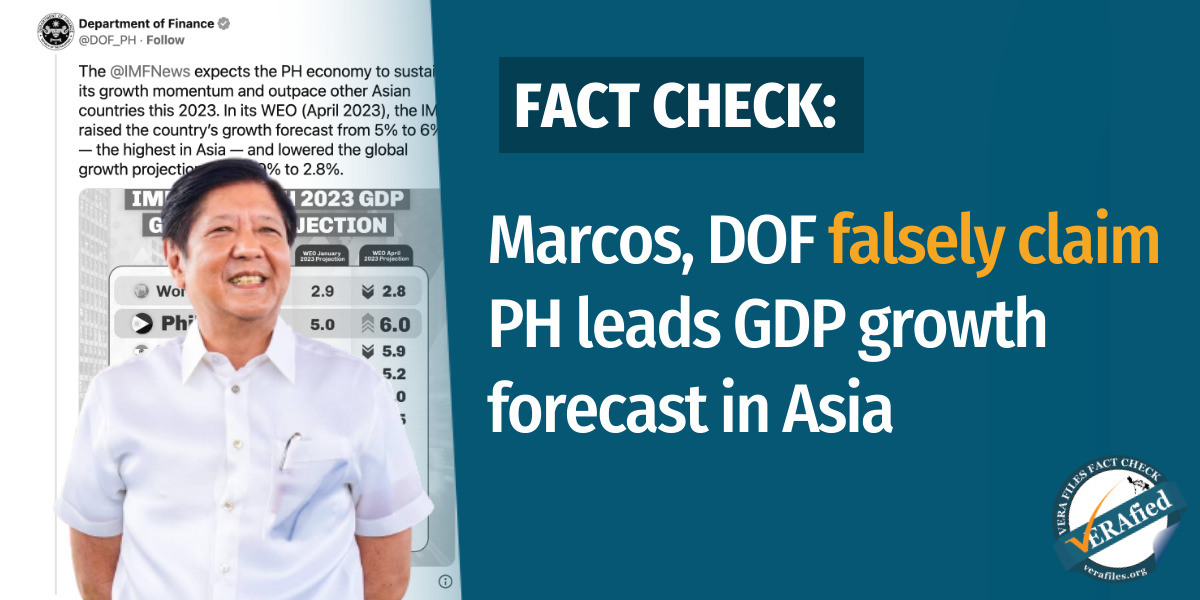Communications Secretary Martin Andanar claimed in an Oct. 12 radio interview that the Philippines was no longer among the world’s most dangerous countries for journalists due to the “swift resolution” of the Maguindanao massacre in 2019, which, he said, formed part of President Rodrigo Duterte’s legacy.
This is inaccurate on two counts.
The incident, tagged by media advocacy groups as the single deadliest attack against journalists, claimed the lives of 58 people, including 32 media workers in 2009. (See Justice is served in the decade-long Maguindanao massacre case, except for one)
Watch this video:
A look at the Reporters Without Borders (RSF) barometer on press freedom violations shows that the Philippines has fallen in and out of the top five deadliest countries for journalists from 2009 to 2020. Its barometer covers January 1 to December 31 of each reporting year, explained RSF in an Oct. 22 email to VERA Files Fact Check.
Further debunking Andanar’s claim, the country ranked higher in 2019 (tied at third with three others) — when the Maguindanao massacre conviction was handed down — than the previous year (tied at sixth with four others), though the tally of killings was the same (three).
In 2020, the Philippines moved down from fifth to seventh worst country worldwide in the Committee to Protect Journalists’ (CPJ) Global Impunity Index.
This was because the Maguindanao massacre “no longer fell into the 10-year time frame for calculating the index.” (See VERA FILES FACT CHECK: Media task force chief’s claim on conviction of accused in Maguindanao massacre lacks context)
The CPJ also said the landmark conviction in December 2019 of several perpetrators of the Maguindanao massacre changed the status of the case to partial impunity from full impunity.
For this reason, the decade-long case “would no longer have figured into the index calculation regardless of the time frame.”
The CPJ noted in its 2020 report, however, that while the Philippines is now the “seventh worst” country, it still has 11 unsolved murders of journalists in the current 10-year index period (2010-2020).




